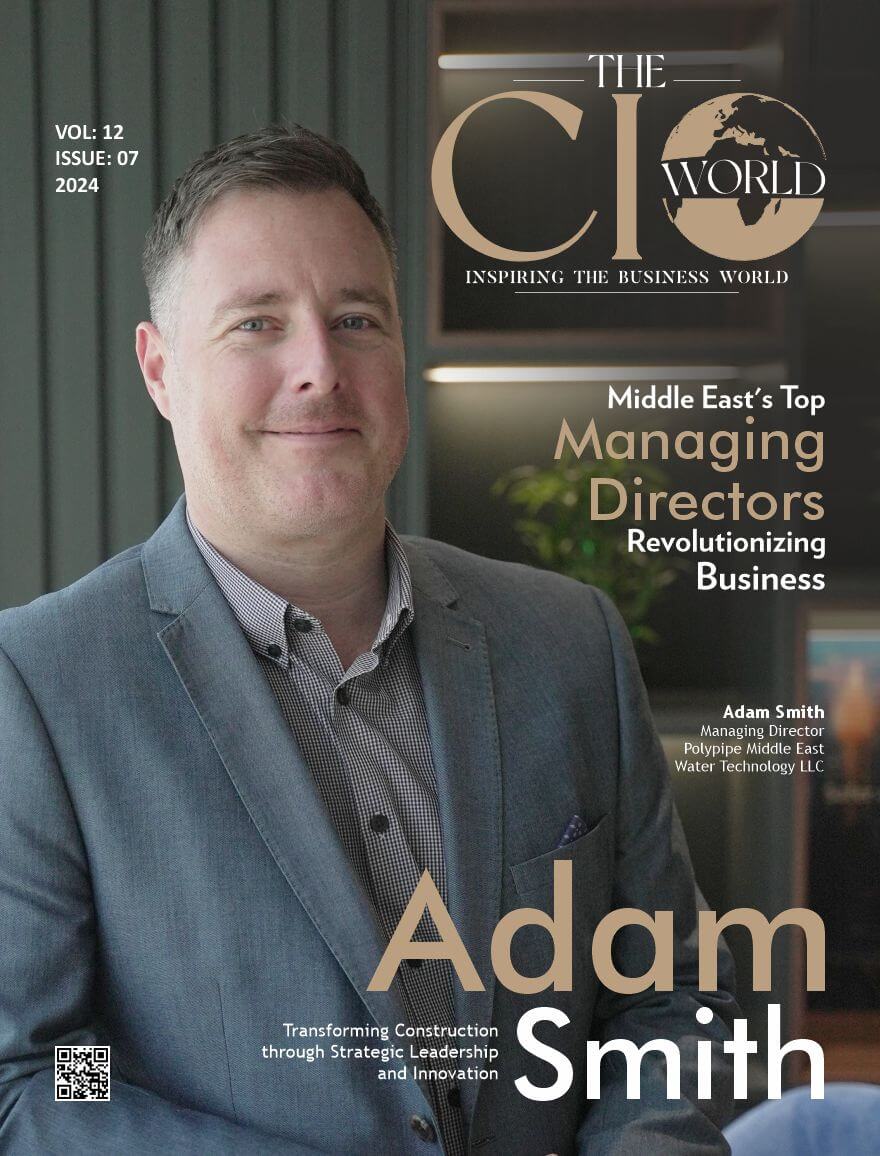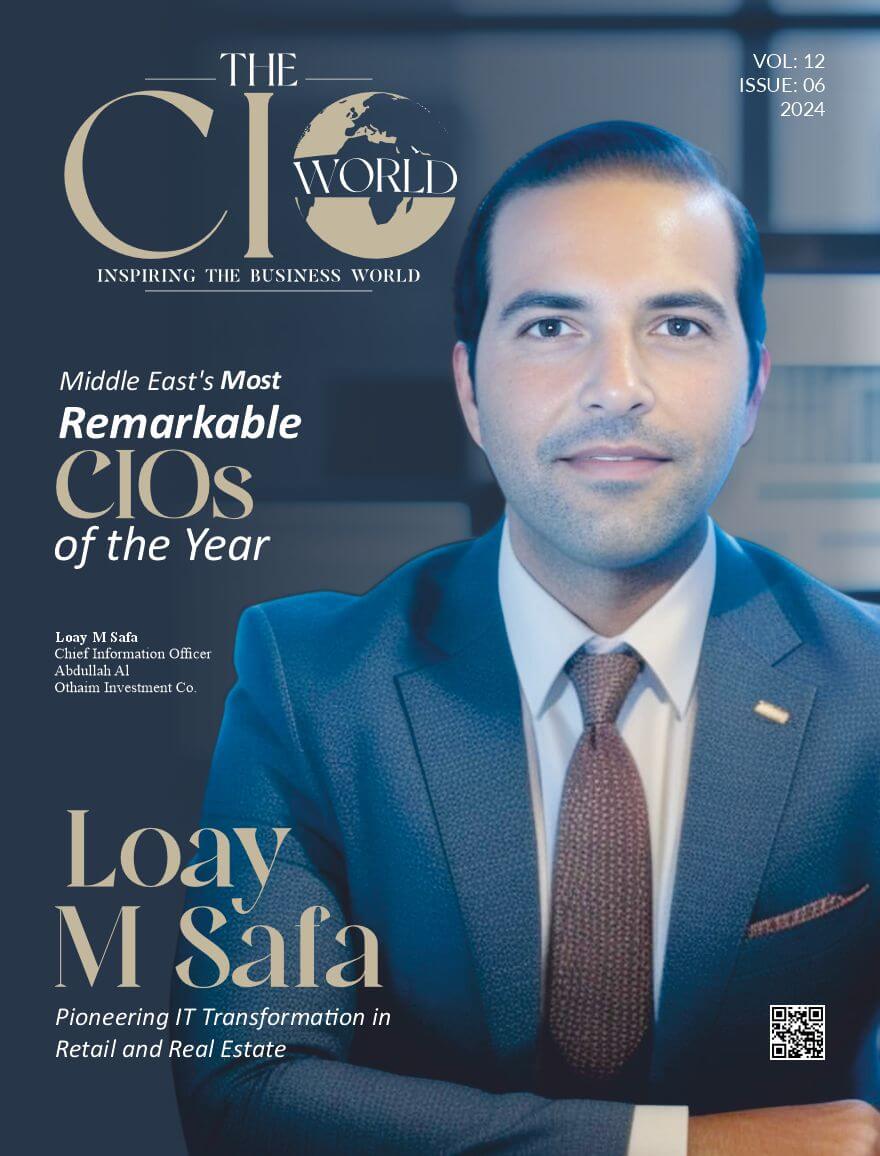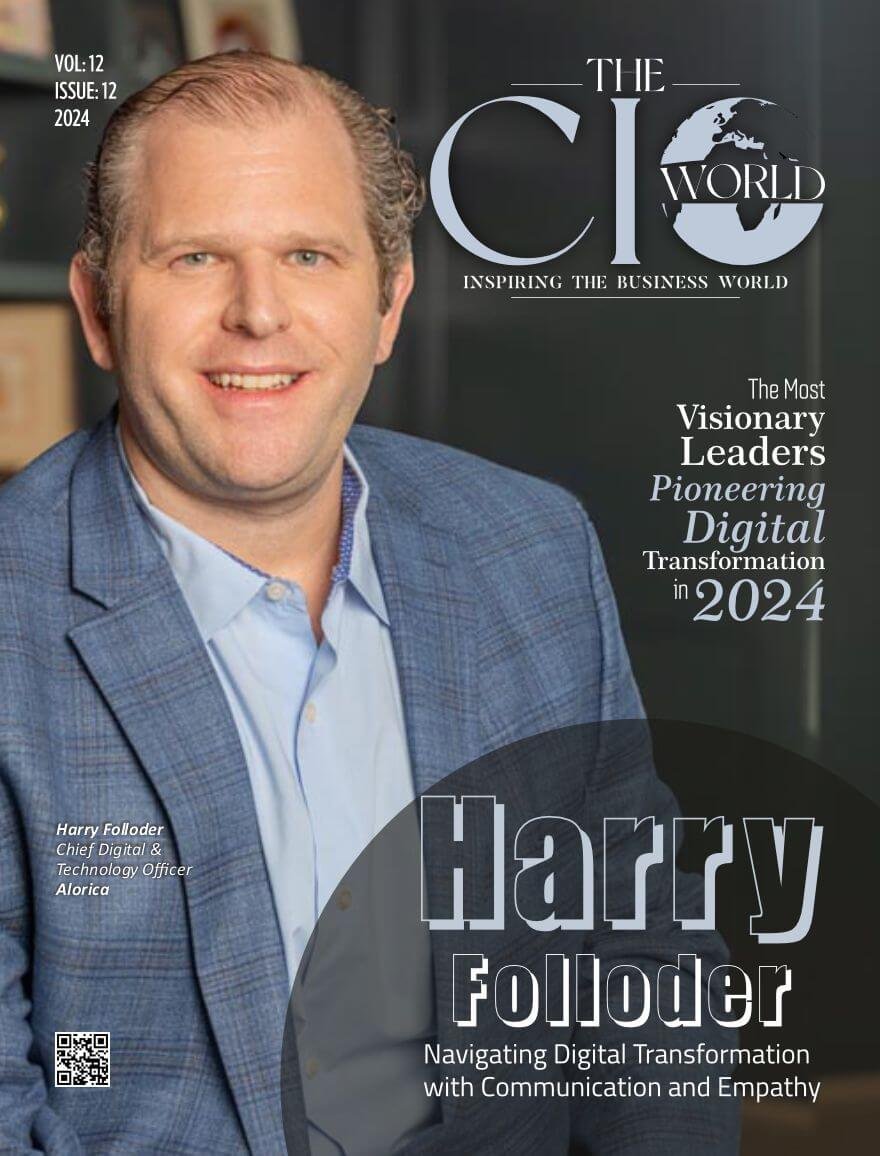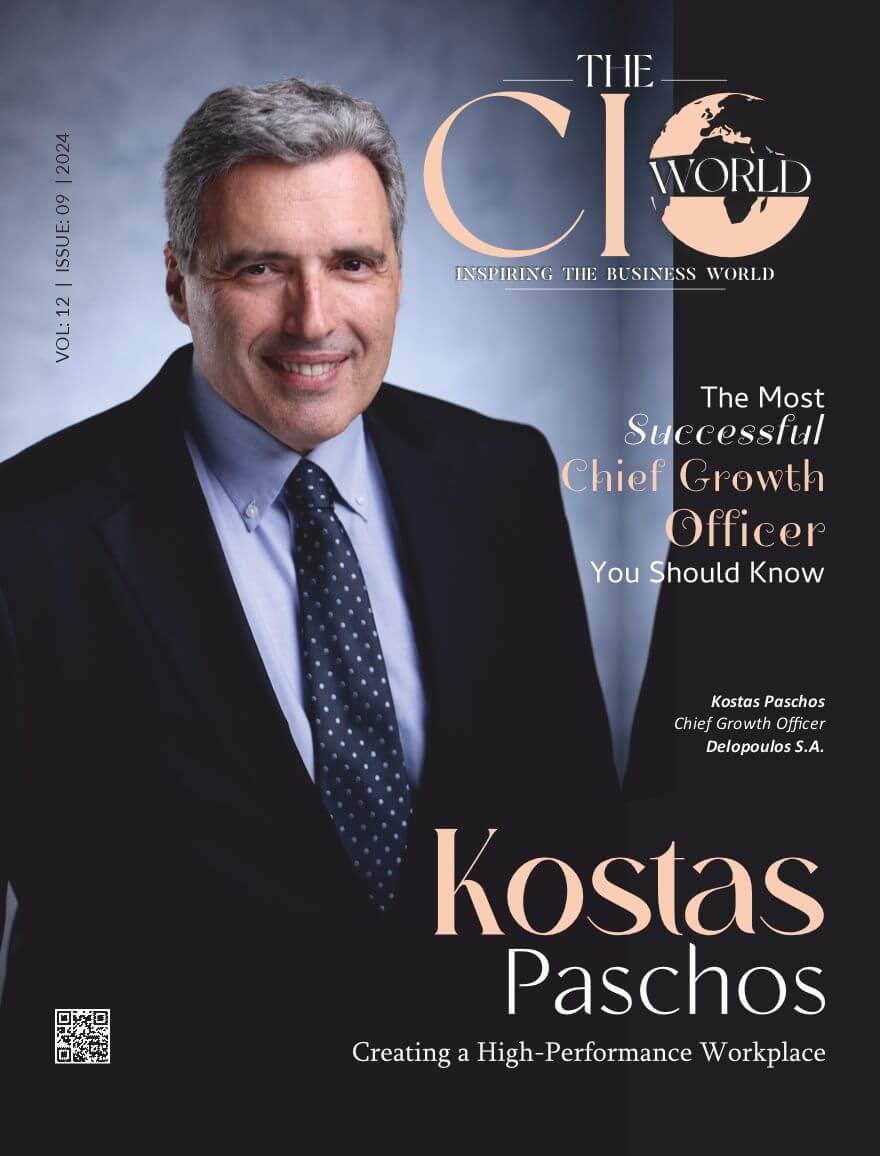Improving marketing strategies is the quest of every business in today’s competitive environment. Marketing has long been perceived as a cost center, necessary but no way to increase revenue. Not anymore. Companies increasingly find that great customer experience can transform marketing from being a relatively unproductive cost into a very effective revenue engine. It’s not a fad: statistics and real-world examples convince of these new themes.
Understanding Customer Experience
Customer experience is the sum total of all engagements that a customer may have with a brand, right from awareness or knowledge of the brand to after-sales support. It encompasses all aspects of website usability, quality of service, and overall satisfaction. A positive CX encourages loyalty and repeat business while a negative experience creates circumstances that run customers away.
86 percent of the buyers are likely to pay a premium for a good customer experience. This willingness to pay more signifies an investment in CX. When they increase their engagement with the brand, customers feel valued and understood, leading to a subsequent increase in sales and profitability.
From Cost Center to Revenue Engine
Traditionally, the marketing departments were cost centers. Budgets were there merely for the advertising and promotions as such without any direct linkage toward revenue generation. However, with the increased importance attached to the customer experience comes the increased recognition of the ability of the marketing department to act as a revenue generator.
According to a study, Forrester found that companies with strong strategies for customer experience boast revenue growth 5.1 times more than weak strategy companies. The importance of CX cannot be overlooked from the monetary point of view, either.
Building Customer Loyalty
Probably, one of the biggest consequences of improved CX is customer loyalty. Loyal customers are not only more likely to make repeat purchases over a period but will also spend more as time goes by. Research carried out by Bain & Company has established that raising customer retention rates by a paltry 5% can increase profits between 25% and 95%.
This way, by providing a unique experience, customers end up being loyal to the business, becoming an asset that has no match. With loyal customers, there’s frequently little or no cost of acquiring new customers because the product or service will be gladdeningly passed on among friends and family.
Personalization: The Secret Sauce
Personalization is an aspect of improving customer experience; it is one of the latest experiences that people look forward to having in their relationships with brands. Business which does not meet these expectations miss the opportunities of maximising this power. Epsilon has found out that 80% more consumers are going to make a purchase when the brand offers a personal experience.
In such a way, using data analytics and customer insight in marketing can help in launching targeted marketing campaigns that can reach an individual preference and need and create a deeper level of personalization in the relationship. This can make the CX, convert more, and sell more.
Role of Technology
Technology has changed the way of doing business in terms of customer experience and marketing. With the availability of tools like CRM systems, chatbots, and platforms like social media, brands have approached their customers in a manner that is more effective than ever before.
For example, chatbots provide 24/7 support for quick answers to queries-a factor that further complements the overall experience. Business Insider reports that by 2024, more than $8 billion in annual customer service cost will be saved by businesses using chatbots while improving CX.
Data analytics also allows companies to understand and track customer behavior at real time. With this, the business can hone its approach, touching on better marketing tactics, and ensure that they meet the expectations that customers have.
Success Measured
In this regard, it must be established that before the effectiveness of improved CX to marketing effectiveness can be understood by businesses, metrics for success must be created. For example, an NPS of 32 and a CSAT of 26 might indicate that a particular company is not doing well concerning CX. One of the metrics that establish how well a company is performing in regard to CX relates to Customer Lifetime Value (CLV).
For example, NPS measures the readiness of the customers to refer a brand based on their experience. A high NPS is commonly associated with good customer loyalty and satisfaction which will positively correlate with revenue growth.
Real-World Examples
Some companies have transformed their approaches to marketing after improving customer experience. For instance, various major retailers have launched seamless omnichannel experiences and processes that allow easy shopping for customers online or in-store. This is not only the case of increasing the satisfaction level but also moves the sales needle across a range of channels.
For instance, there is one subscription service that focuses on user experience by giving personal recommendation to the users and easy navigation in case they require accessing a certain portion of the website. Simply focusing on value delivery at every touch point results in astonishing tremendous success in terms of subscriber retention as well as revenue growth.
Conclusion
After all, customer experience is being increasingly targeted as a driver for transforming marketing from a cost center into a revenue-generating department. A concentration on CX leads to increased loyalty, more effective personalization efforts, proper technology utilization, and measurement with the right metrics.
These changes, however, still continue to throw up new challenges and opportunities wherein the same firm, taking onboard such shifts in consumer expectations, would no longer barely manage to survive in the competitive marketplace but thrive as well. Investing in exceptional customer experiences is no longer an option: it is a critical driver of sustainable growth and profit for businesses today.







